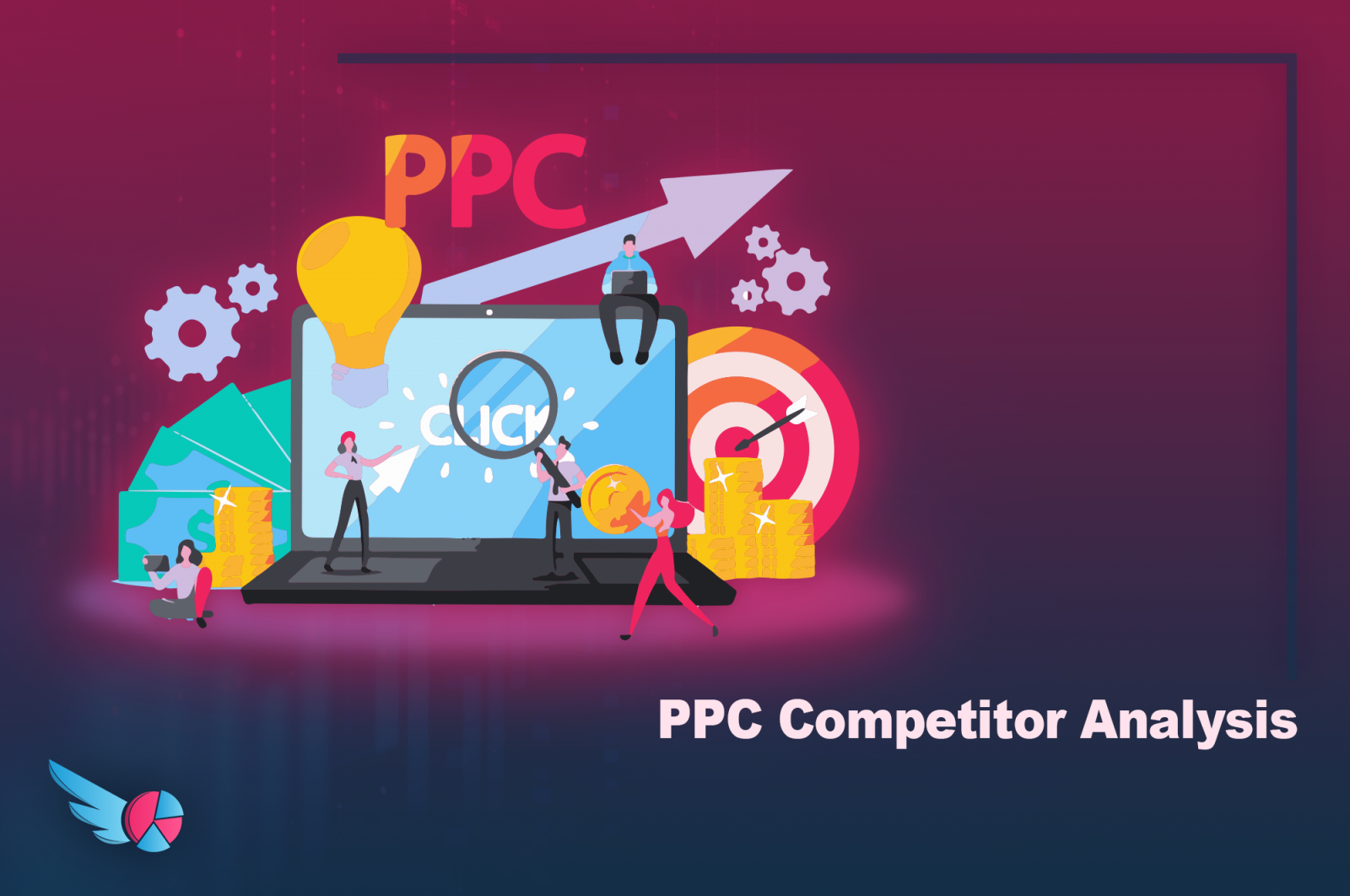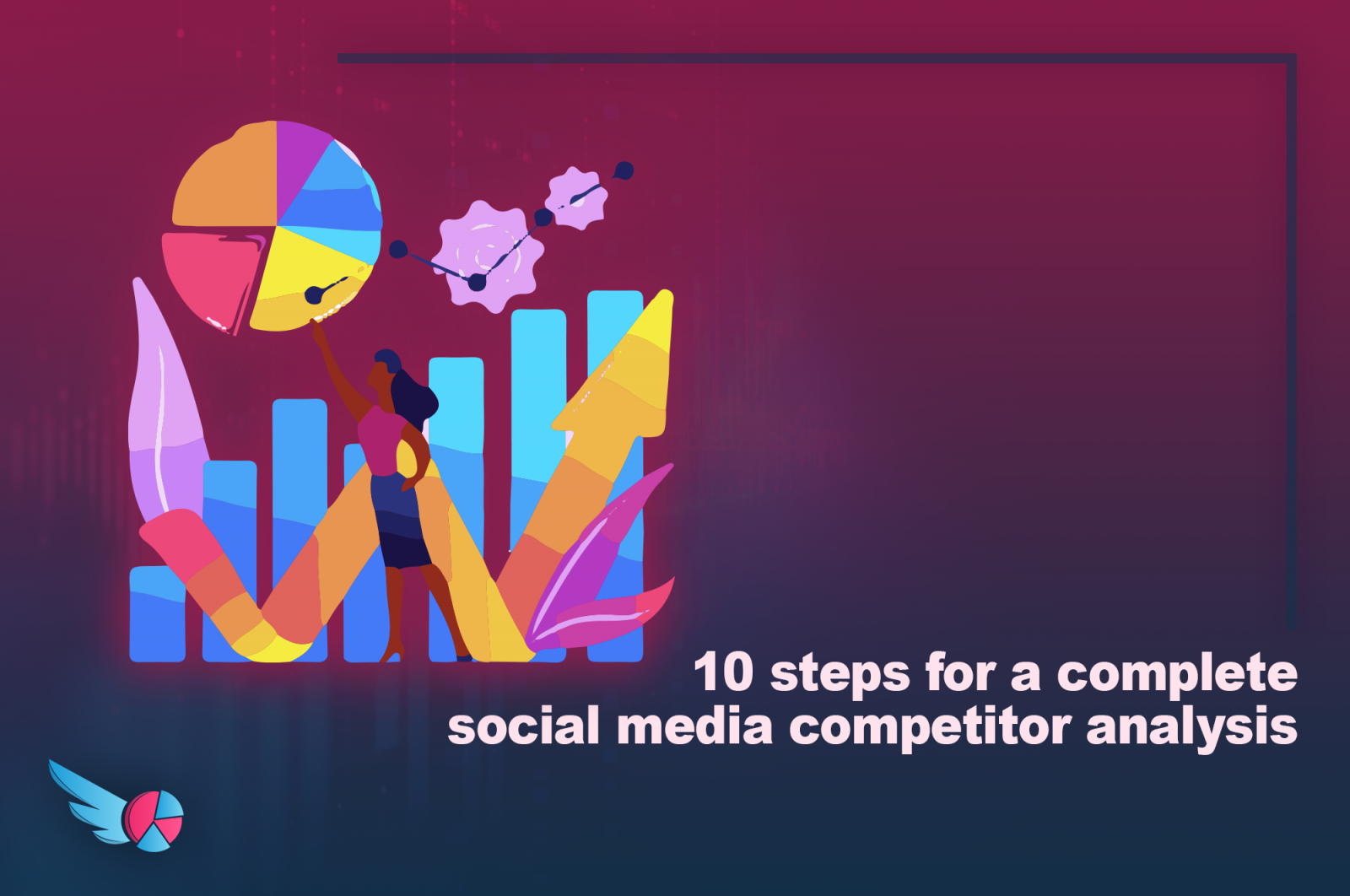Tools To Conduct PPC Competitor Analysis | Fly Pie
Methods for Analyzing PPC Competitors
In this article, we’re going to look at some of the tools available to conduct a PPC competitor analysis. We’ll also look at some common pitfalls to avoid. PPC competitor analysis can help you gain valuable insight into what...
How To Make A Competitor SWOT Analysis? Fly Pie Guide
How to Conduct a SWOT Analysis of a Competitor
A SWOT analysis of a competitor will help you focus on the external and internal factors that affect your business. It will also help you understand the business of your own company or establishment. This process will help you...
Everything About Social Media Competitor Analysis | Fly Pie
10 Steps to a Social Media Competitor Analysis
You may have read about doing a social media competitor analysis, but did you know that it can help you understand what your competitors are doing? Here are 10 steps to a social media competitor analysis:
Ten steps for a thorough...
How to Use an SEO Competitor Analysis Template | Fly Pie
How to Use an SEO Competitor Analysis Template?
If you want to get a better understanding of how to improve your page and beat your competitors, it’s important to use an SEO competitor analysis template. This tool will gather and compile data on how your competitors...
How Long Does A Building Survey Take? | Fly Pie
How Long Does a Building Survey Take?
If you’re planning to buy a property, you might be wondering how long a building survey will take. A building survey is important for a number of reasons, including construction, boundary surveys, and extensions. You can also get a...
The 4 Key Principles of User Experience Design | Fly Pie
What are the key principles of User Experience Design?
User experience design is a creative process that combines various disciplines to improve the user experience of a product or service. Its goals are to improve a product or service by adding value to the users’...
How to Create an Email Marketing Campaign That Converts
When it comes to email marketing, it’s all about reaching out to your target demographic and customers. Offering subscribers and customers useful information to fulfill their goals, it helps you increase dialogues and income.
There are several goals for your...
Digital Marketing For Small Business | Promote Your Business
Digital Marketing For Small Business
In order to compete with the larger companies, small businesses should consider the advantages of digital marketing for small business. The Internet allows small businesses to reach their target audience in a more cost-effective way and...
Improve Your Website’s UK Search Engine Optimisation
Why is Search Engine Optimisation Important in the UK?
There is a difference between a website that is highly optimised for search engines and one that is not. A high organic ranking is like a recommendation from Google. A high SERP helps your website be found by the people...
What Are The 5 Expectations From An SEO Agency?
What to Expect From an SEO Agency?
A good SEO agency should be process-driven. Developing processes will allow a team to perform a variety of tasks more efficiently, avoid relying on individual talent, and establish a cadence of responsibility. For example, by creating a...













